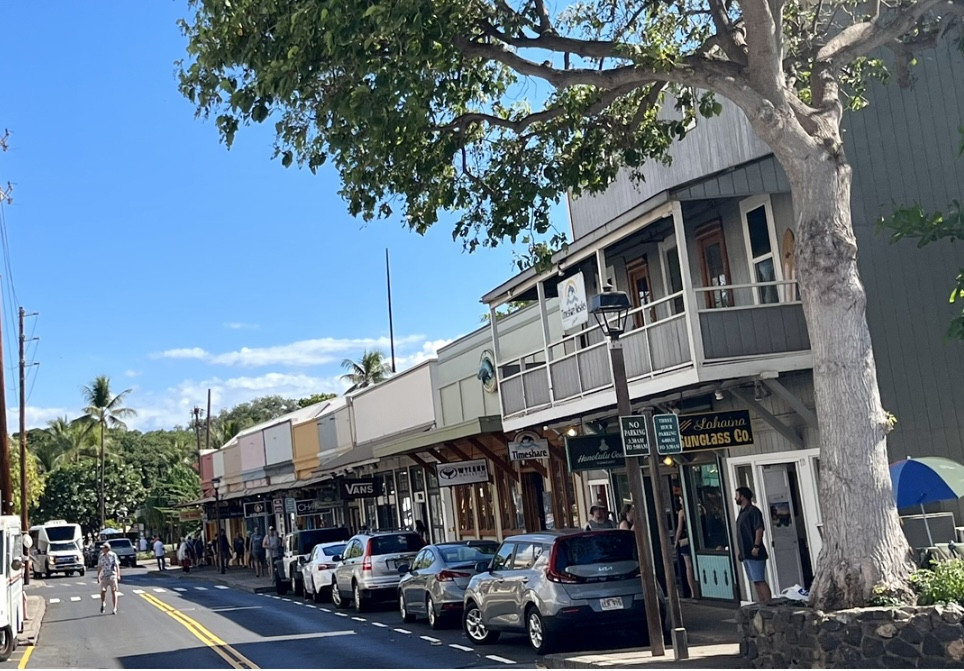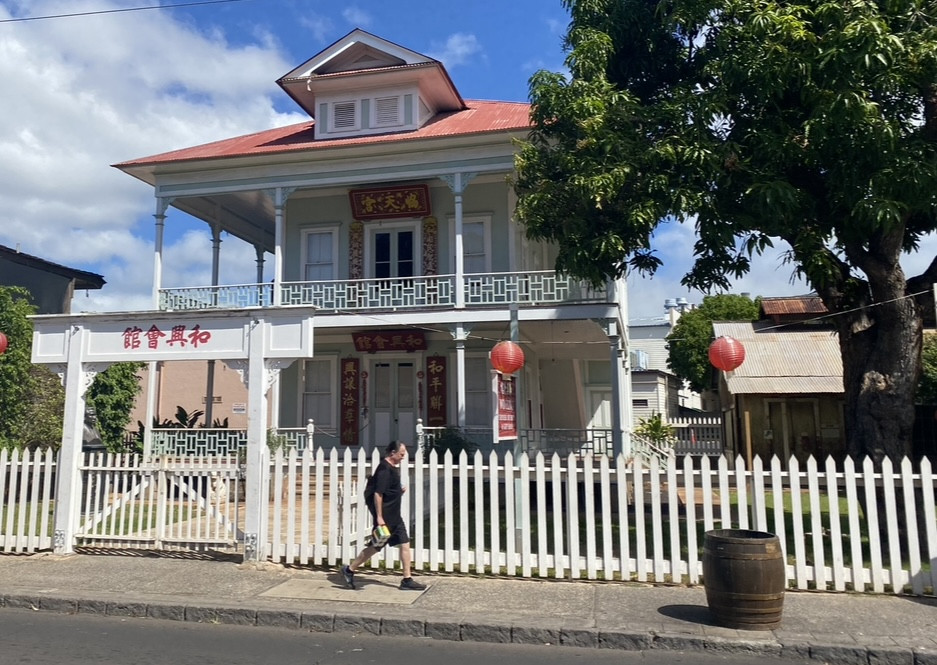The aftermath of the Maui wildfires has been deeply felt across the globe, particularly within the travel industry. Like many, I was shocked and saddened to learn of the devastation in Lahaina last August. Having visited this special place numerous times over the years, the images of destruction were truly heartbreaking. The vibrant town I knew was almost unrecognizable, replaced by scenes of unimaginable loss.
Visiting Maui a few months later, the scale of the tragedy was even more profound in person. Driving through the affected areas, the silence was deafening, broken only by the stark reality of charred landscapes and the ghostly remains of homes. These were not just buildings; they were the heart of a community, places where families lived, laughed, and created memories. The makeshift memorial along the bypass, with its small crosses and photos of those lost, served as a poignant reminder of the human cost of this disaster. The faces of children especially remain etched in my memory.
 Pre-fire view of Front Street in Lahaina, Maui, showcasing the vibrant town before the devastating wildfires, highlighting the loss felt by the travel industry and community.
Pre-fire view of Front Street in Lahaina, Maui, showcasing the vibrant town before the devastating wildfires, highlighting the loss felt by the travel industry and community.
While the road to recovery is long and complex, the travel industry is demonstrating remarkable unity and resilience in its response to the Maui fire. Even as tourism gradually returns to Maui, and West Maui in particular, the focus remains on responsible and respectful engagement. The New York Times reported that a significant number of small businesses in Lahaina, vital to the tourism ecosystem, are still struggling to reopen. This highlights the urgent need for continued support and a thoughtful approach to tourism in the region.
The spirit of “Malama Hawaii,” encouraging responsible tourism and giving back, is more important than ever. Many visitors are seeking ways to contribute meaningfully during their trips. Volunteering at animal shelters, food banks, participating in beach clean-ups, or helping with invasive species removal are tangible ways tourists can make a positive impact. Programs like Malama Hawaii, which reward volunteer work with hotel incentives, further encourage this mindful approach to travel.
Economic forecasts suggest that a full recovery of Hawaii’s tourism economy may take several years. For Lahaina specifically, the challenges are even greater. While the iconic banyan tree, a symbol of resilience, is showing signs of recovery, questions linger about the future of the town’s unique character. The surf shops, galleries, restaurants, and historic sites that defined Lahaina are in need of rebuilding. There are also important discussions about honoring native Hawaiian heritage, including restoring ancient fish ponds and streams, which would send a powerful message of respect and cultural recognition.
Rebuilding Lahaina’s landmarks, such as the Baldwin House, the Wo Hing Temple Museum honoring Chinese immigrants, and the Pioneer Inn, presents a unique challenge. The goal is to recreate the town’s historic charm and laid-back atmosphere while incorporating modern safety standards. It’s crucial to avoid creating a superficial imitation; Lahaina’s appeal lay in its authentic, lived-in feel, not in a theme-park aesthetic.
 The Wo Hing Temple Museum in Lahaina, a historical landmark cherished by Chinese immigrants and tourists, pictured before the Maui wildfires, symbolizing the cultural heritage the travel industry is working to help preserve and rebuild.
The Wo Hing Temple Museum in Lahaina, a historical landmark cherished by Chinese immigrants and tourists, pictured before the Maui wildfires, symbolizing the cultural heritage the travel industry is working to help preserve and rebuild.
Concerns about opportunistic development are understandable, and ensuring that native Hawaiian voices are central to the rebuilding process is paramount. As Lahaina resident Victoria Martocci poignantly stated, “The place we all knew and loved is forever changed.” Acknowledging this profound loss while moving forward with sensitivity and community-led initiatives is crucial.
Organizations like the Lahaina Restoration Foundation are playing a vital role in the recovery efforts. Experts in architectural preservation believe that much of historic Lahaina can be authentically rebuilt, salvaging elements of the original structures. This offers a glimmer of hope for the physical restoration of the town.
While Lahaina will undoubtedly be different, the collaborative spirit of the travel industry, combined with the resilience of the Maui community, offers a path towards healing and renewal. The six-month vigil held by Maui County served as a moment for reflection, remembrance, and collective prayer for comfort and hope. Moving forward, the travel industry’s continued support, coupled with respectful and responsible tourism, will be essential in helping Lahaina rebuild and honor its rich history and spirit.
